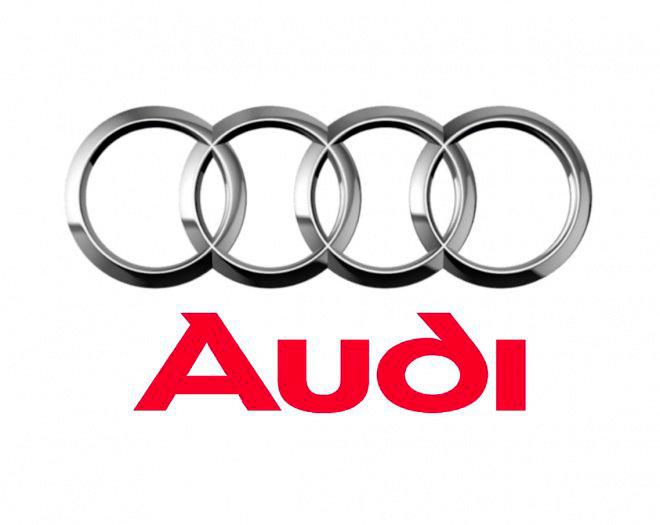AUGUST Horch is one of Germany’s pioneering personalities automobile engineers. After graduating from the Technical Academy in the German state of Saxony, he worked on engine construction and later as head of the motor vehicle production department of the Carl Benz company in Mannheim. In 1899 he started his own business, A. Horch & Cie, in Cologne.
From Horch to Audi
Following differences of opinion with the board of management and supervisory board, Horch left the company in 1909 and immediately established a second car company in Zwickau, a city in Saxony.
However, because his surname was already in use and was protected by trademark, he chose its Latin translation for the new company. So “horch!” – or “hark!” – became “audi!” – thanks to the son of one of his business partners who was well-versed in Latin and had overheard the discussion about the search for a new company name.
Audi Automobilwerke GmbH commenced trading on April 25, 1910.
Four rings = four brands
The famous four interlocking rings logo was created by graphic designer and typographer Kurt Weidemann (1922–2011), who once said: “A good logo is one that can be scratched in the sand with your big toe.”
The rings represent the four companies that merged on June 29, 1932 to form Auto Union AG – Audi, DKW, Horch and Wanderer, where all would later become Audi AG. The merger made the group the second-largest motor vehicle manufacturer in Germany.
The company emblem consisted of four interlocking rings, intended to symbolise the inseparable unity of the four founding companies. The Audi, DKW, Horch and Wanderer brand names were retained (pix).
Each of the four brands was assigned a specific market segment within the group: Audi – cars in the deluxe midsize segment, DKW – motorcycles and small cars, Horch – luxury cars at the top end of the market and Wanderer – midsize cars.
Audi
One of the keys to the success of Auto Union was the allocation of a specific market segment to each of the individual brands in order to create a coordinated model range. For the Audi brand, this prompted development of the Audi “Front” Type UW, a midsize car that enabled the new group to make use of synergy benefits for the first time.
The principal feature of this new Audi was its front-wheel drive. DKW’s experience in the domain of front-wheel drive was simply adopted for a midsize vehicle. Its power unit was the Wanderer 2.0-litre, six-cylinder engine developed by Ferdinand Porsche; the body of the saloon version came from Horch’s body shop and the convertibles were built by the highly reputable Dresden coachbuilder Glaser.
The Audi “Front” Type UW – the designation meant a Type U with Wanderer engine – finally went into production in the spring of 1933.
The last pre-World War 2 (WW2) Audi was built in April 1940. There would not be another Audi passenger car for a quarter of a century.
DKW
Originally founded in Chemnitz in 1902 , it initially manufactured and sold exhaust-steam oil separators for steam power plants, vehicle mudguards and lights, vulcanisation equipment and centrifuges of all kinds.
The company began to experiment with a steam-driven motor vehicle in 1916, registering DKW (short for Dampfkraftwagen – “steam-driven vehicle”) as a trademark in 1922.
In 1919, the company began manufacturing two-stroke engines, initially in the form of a working toy-engine. In 1922, the first motorcycles left its factory in Zschopau, a town in a Saxony district, under the brand name DKW.
DKW motorcycles were produced in such large quantities that in 1937, Auto Union with that Zschopau plant became the world’s largest motorcycle manufacturer, building a total of 55,470 motorcycles.
Horch
At the end of the 19th century, there were already a number of car manufacturers in Germany. One of them was the aforementioned A. Horch & Cie. The principle laid down by company founder August was namely only to build good, powerful cars, where Horch’s vehicles were among the leading products of the German automobile industry from the very start. Among its notable ones was Germany’s first eight-cylinder car introduced in 1926.
Wanderer
Founded in 1885 by mechanics, Johann Baptist Winklhofer and Richard Adolf Jaenicke, it started with a bicycle repair workshop in Chemnitz.
Shortly afterwards they began to make bicycles of their own, since demand at that time was very high. These were marketed under the brand name Wanderer and in 1896 the company itself began to trade as Wanderer Fahrradwerke AG. Wanderer built its first motorcycle in 1902. The idea of branching out into car production was finally put into practice in 1913.
The company’s demise began when the WW2 broke out in 1939. The last Wanderer cars left the factory in 1942 and after the war, no attempts were made to revive the brand in the automotive industry.










